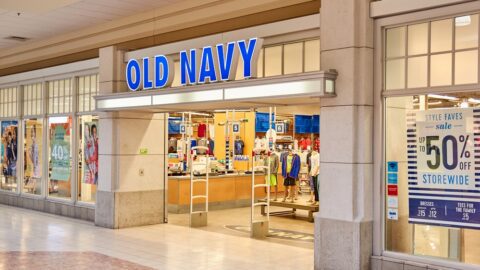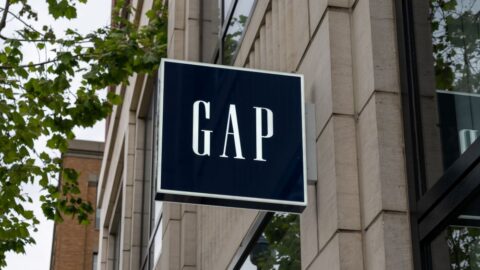Gap Inc. will split into two separate, independent publicly traded companies. Gap, Athleta, Banana Republic, Intermix and Hill City will fall under the yet-to-be-named banner “NewCo,” while Old Navy will operate as its own company.
Gap stock climbed more than 26% in after-hours trading on Feb. 28 following a company statement.Gap Inc.’s current CEO, Art Peck, will remain CEO of “NewCo.” Sonia Syngal, the current president and CEO at Old Navy, will lead the new public, standalone Old Navy company.
The spinoff is a major positive for Old Navy, which has been by far the company’s strongest retail branch in recent years. The company generates nearly $8 billion in annual revenue, compared to the $9 billion in annual revenue from all the other retailers combined. With the Gap brand and Banana Republic seeing Q4 comparable store sales dips of 5% and 1%, respectively, what remains to be seen is how the “NewCo” retailers will be able to bounce back in 2019 and beyond.
“Although the proposed spin at Old Navy will enable a sharpened strategic focus on its business priorities, it reduces the diversification the brand provides to the overall entity,” said Christina Boni, VP at Moody’s. “Old Navy is Gap Inc.’s leading brand comprising 47% of sales in 2018 with margins that lead its portfolio.”
A review by the Gap Inc. Board of Directors determined that “it’s clear that Old Navy’s business model and customers have increasingly diverged from our specialty brands over time, and each company now requires a different strategy to thrive moving forward,” said Robert Fisher, Gap Inc.’s Board Chairman.
The news of the split pushed aside other big news from Gap, which also announced that it will shutter 230 of its 1,200+ namesake stores worldwide over the next two years. The bulk of these locations are expected to close down in Q4 2019. Peck first noted in November 2018 that the company was considering potential store closures, and two months later the retailer shuttered its Manhattan flagship store.
After the store closures, Gap expects nearly 40% of purchases to be made online, with remaining sales coming from mainline stores and off-price locations. Gap said the closures will result in an annualized sales loss of about $625 million and pretax costs of about $250 million to $300 million. The actions will save about $90 million on a pretax basis.
The transaction is expected to be completed in 2020, subject to final approval by Gap’s board of directors.












